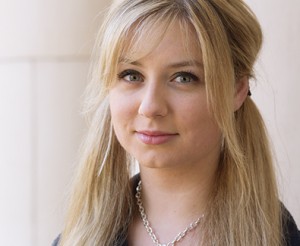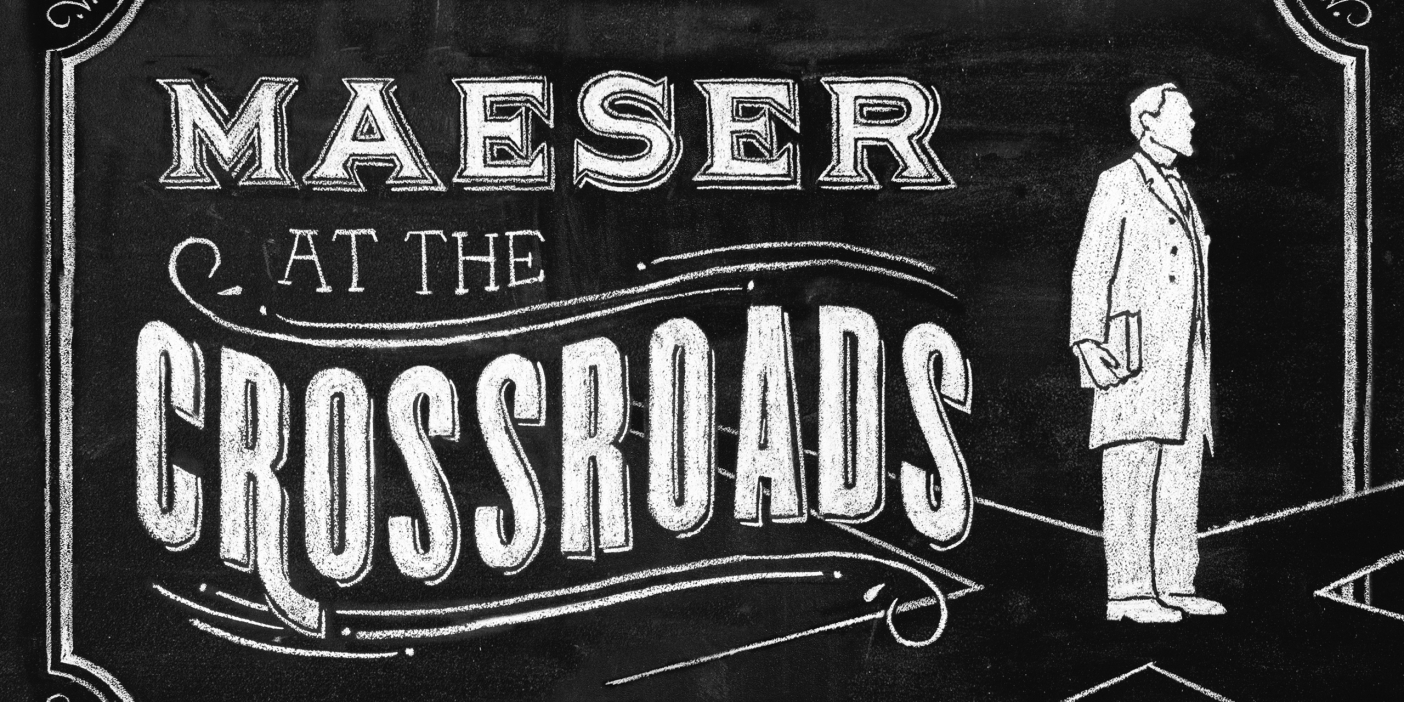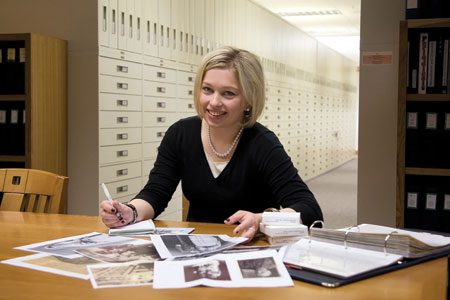Note: Meredith E. Gold (’15), a sophomore from Omaha, Neb., used her knowledge of physics to win the $1,500 first prize in the Brimhall Essay Contest for Homecoming 2012, which celebrated the Karl G. Maeser Building. Her essay is printed below. The second- and third-place winners were Brian C. Ricks (BS ’07, MS ’10) of San Jose, Calif., and Chloe M. Isaak (’16) of Orem, Utah. Honorable mentions went to Katy Bodenhorn Barnes (’13) of Burkburnett, Texas; Catherine Newell Bramble (BA ’02, JD ’05) of Provo; and Tony P. Tan (’16) of Vancouver, Wash.
I was a junior in high school the first time I drew one. For a force diagram, it was unusually simple—a box on an inclined plane. Representing the pushes and shoves acting upon it (called “forces”), the box was surrounded by arrows.
Lots and lots of arrows.
Now, as a passionate physics and astronomy student, I am confronted daily by an inescapable mathematical fact: boxes and arrows are everywhere.
I saw the Maeser Building for the first time when I was 16 years old, and I have seen and touched it many times since. The scientific concept of physical contact fascinates me; my mind floods automatically with thoughts of atoms and energy transfers and forces—and the overwhelming prospect of all the things I don’t know. The great stone front steps are rugged and grainy beneath my fingers, in sharp contrast with the lightly textured tiles at the front door. The pillars gracing the front and back of the building are surprisingly warm and smooth to the touch; I can feel the strength of their cores, sustaining the weight of the structure they have supported for 100 years. Each pillar is, in its simplest form, a force diagram. Naturally, these smooth, strong pillars have a special place in my heart.

In her winning essay, physics major Meredith Gold wrote about the forces at work in the Maeser Buildings pillars and in our lives.
According to Sir Isaac Newton’s third law of motion, “for every action, there is an equal and opposite reaction.” The pillars of the Maeser Building—acting as the force diagrams that they are—perfectly demonstrate this principle. The forces of gravity and weather and wear push down upon them from all different directions, and the pillars push back, refusing to let the Maeser Building fall. The pillars, from their pure strength, are capable of producing a shove, or a force, to counter the forces working against them. The forces are matched, and equilibrium is maintained. The structure does not move.
Ware & Treganza, the architectural firm that won the contest to design the building in 1907, created a structure of integrity and strength. However, as the building aged, its original pillars did as well. During the 1984–85 renovation, the pillars were further protected from the daily forces that acted upon them. At that time, the entire building was “earthquake-proofed” with shotcrete and steel reinforcement bars. The places where its exterior limestone had been worn by the weather were ground down until they were smooth again. Water repellent was sprayed over the entire exterior of the building. The university did its best to guarantee that the Maeser Building, which has now stood for 100 years, would be capable of standing for 100 more.
Every day forces work to bring down the Maeser Building. Just as gravity, weather, and wear weigh on the pillars of the Maeser, our personal weaknesses and temptations weigh upon us. But, like those pillars, we can push back. We do not need to give in. We do not have to fall.
The Maeser Building’s pillars are protected and strengthened by their fortifications; we are protected and strengthened by the doctrine of Jesus Christ. The Maeser Building is held up by its pillars; the honor of Brigham Young University is held up by us.
We have additional fortifications at this university. We have up-to-date books, cutting-edge technology, and a passionate and well-educated faculty. We have the scriptures and living prophets. We have the companionship of the Holy Spirit, the endless love of our God, the Eternal Father, and the selfless mercy of our Savior, Jesus Christ. And we have each other.
As the pillars of BYU’s Karl G. Maeser Memorial Building were fortified, we—the student body, faculty, and alumni—can fortify ourselves. Through the doctrine of Christ, we can be strengthened to withstand the forces of darkness that surround and weigh down upon us every day. But simply withstanding these forces cannot be our only goal.
To keep from falling, for every force that pushes down, another must rise to withstand it. To be able to withstand the forces of darkness, we must create an opposite reaction. Like the pillars, we can—and must be—a force ourselves.
We must be a force of light.
— Meredith E. Gold (’15)
Web: Read the other winning essays at studentalumni.byu.edu.









